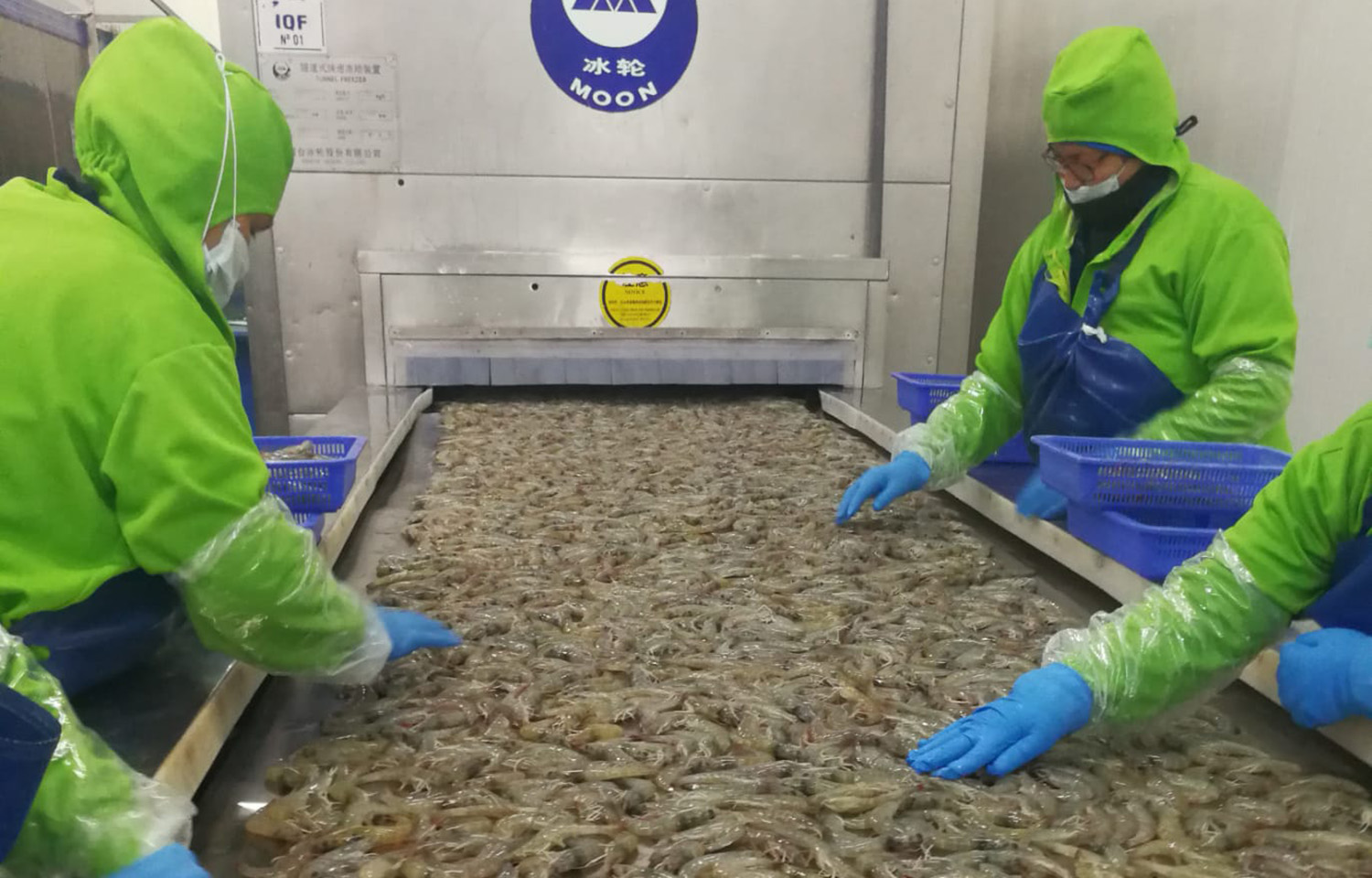An unprecedented fall in international shrimp prices, coupled with government inaction to address the issue, has left Peru’s shrimp farmers in crisis, according to the National Aquaculture Society (SNA).
The Tumbes region – located on Peru’s border with Ecuador – produces 90 percent of the country’s vannamei shrimp, a product that also represents 98 percent of the region's exports. However, due to a drop in prices that started in 2022, many of the region’s aquaculture companies closed shop in 2023, with the situation worsening in 2024.
While governments in other shrimp-producing countries such as Ecuador, India, China, and Thailand have public sector funding to support their aquaculture shrimp value chain, SNA’s requests for aid from institutions such as the Economy and Finance Ministry (MEF) and the Production Ministry (PRODUCE) have gone unanswered, according to the association.
“It is of great concern that we cannot count on temporary government support to overcome the crisis that one of the most important aquaculture sectors in Peru has been traversing, especially for the Tumbes region, leaving us to our own fate and under a free-market economy approach but with the economic distortions to which we are exposed,” the SNA said in a release, calling for funding, economic relief, and sector incentives.
The aquaculture sector will continue to turn to innovation to increase efficiency, but increasing input prices coupled with a drop in global demand have taken their toll on business, SNA said. From January through May, the sector produced 47,303 metric tons (MT) of shrimp, a 39.1 percent drop from the first five months of 2023. Exports during the same period reached USD 8.9 million (EUR 8 million), falling 36.3 percent from USD 13.9 million (EUR 12.5 million) registered in January to May of 2023.
The SNA estimates that by year-end, monthly production will drop to 21,000 MT, which would mark a 46.6 percent year-over-year drop. It blamed the expected drop on further closures of shrimp farms, while those companies still in operation will farm less shrimp, seeding lower densities due to diminished working capital.
While the shrimp farming industry has a total of 7,453 hectares authorized for production, only 3,161 hectares were sown in 2023; as of July 2024, this had dropped to 1,400 hectares. This has resulted in an economic loss for the country, with an ensuing direct job loss of more than 40 percent, according to the SNA.
“Urgent support from the public sector is required,” SNA said.








